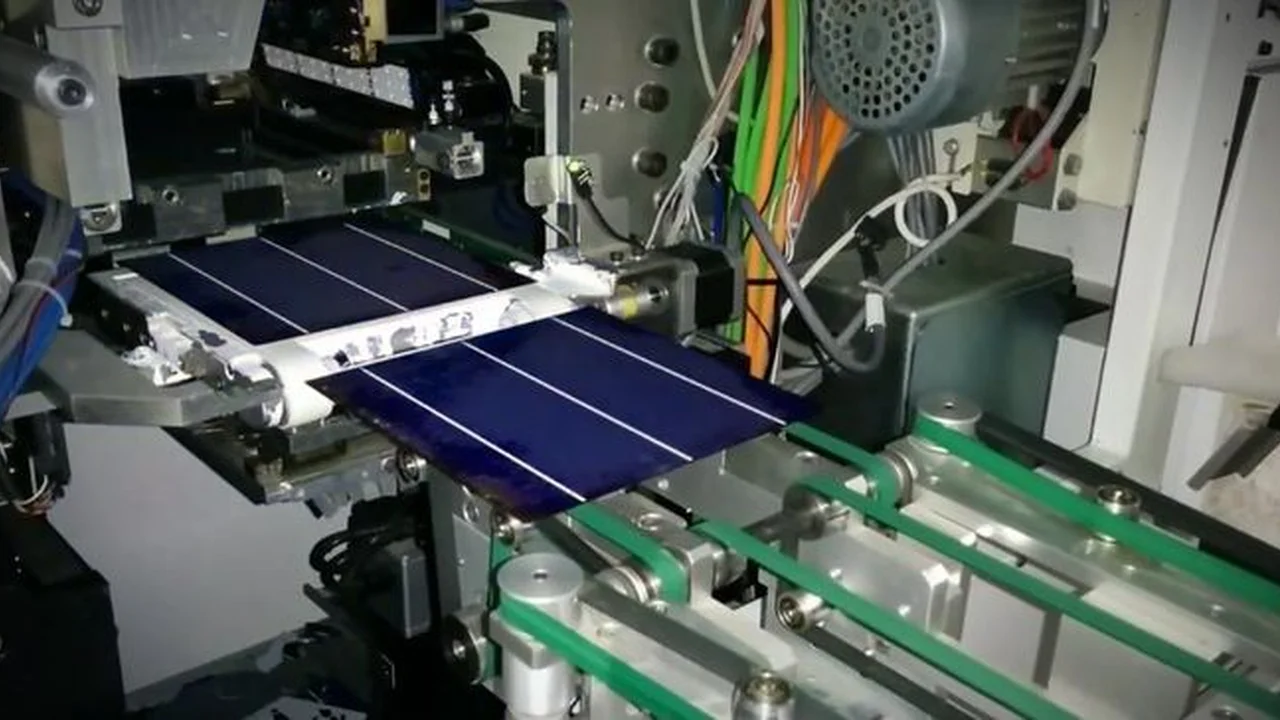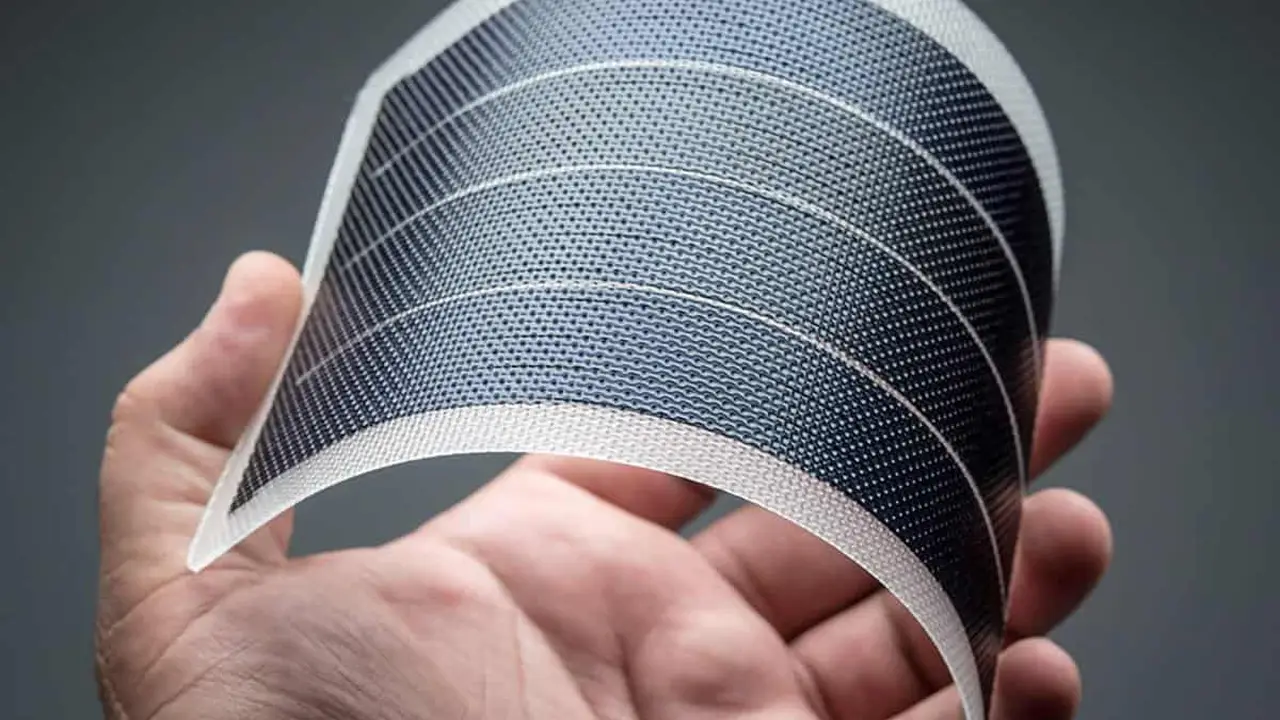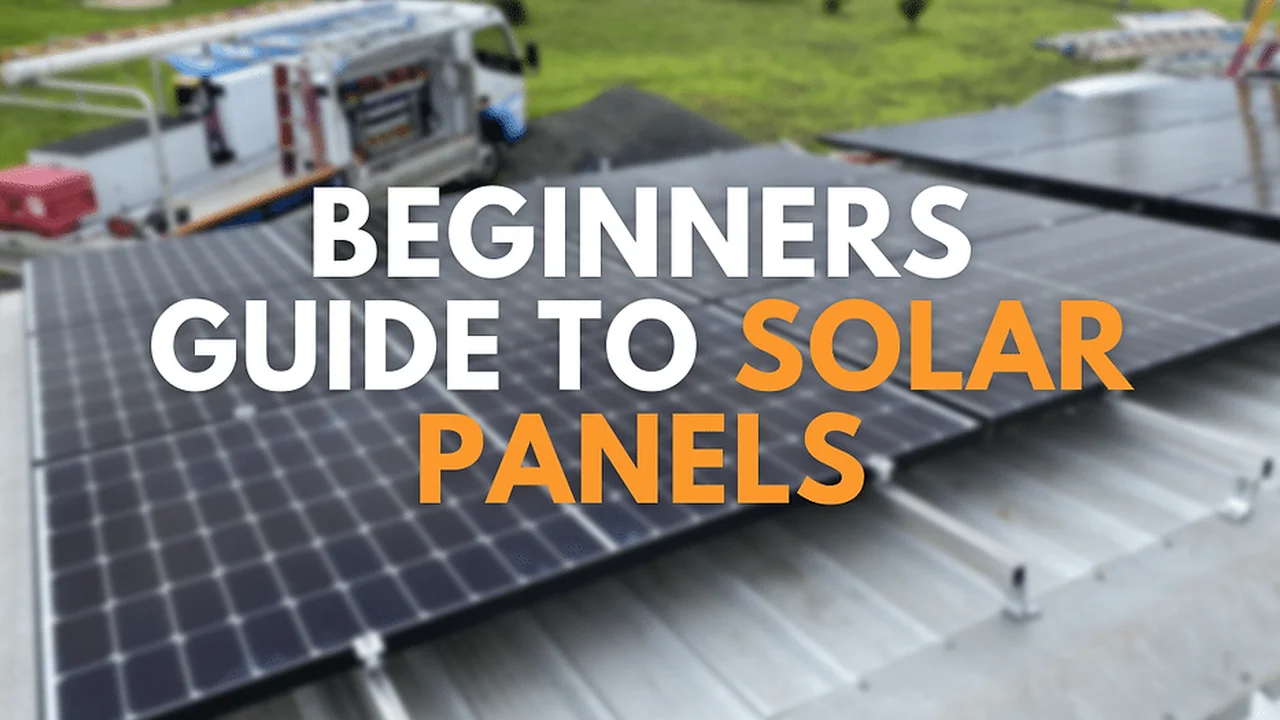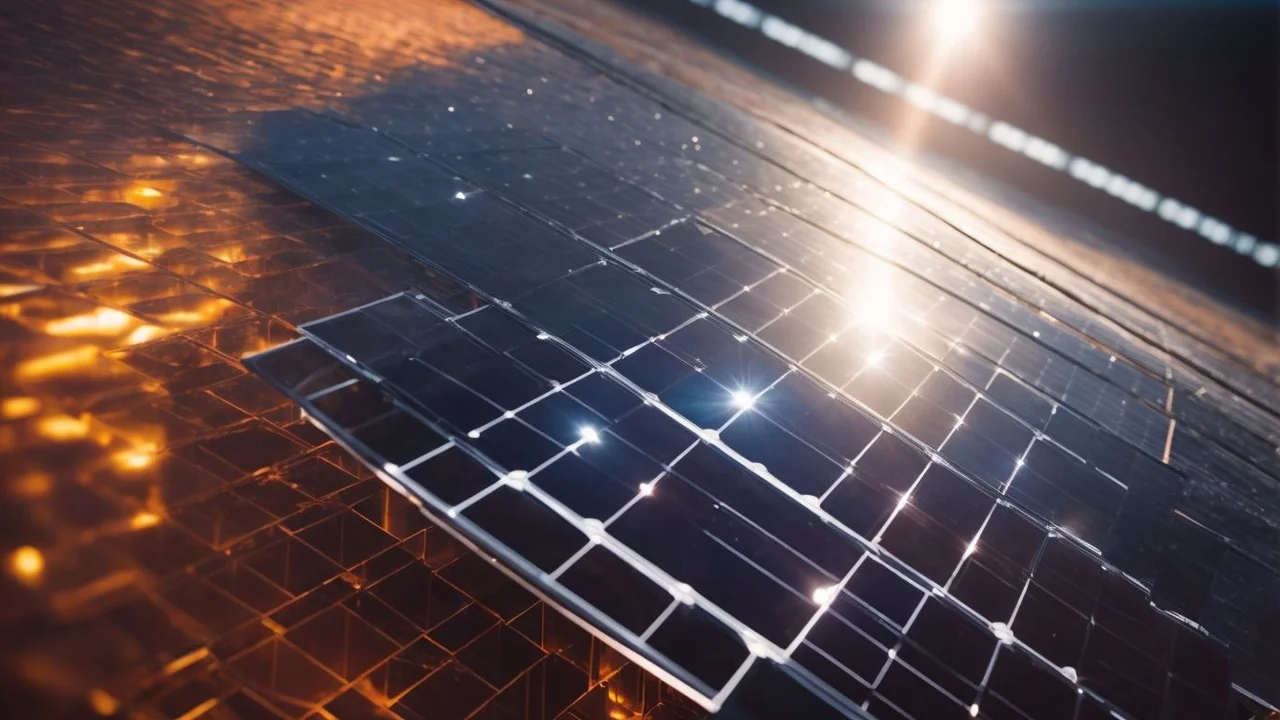Solar Panel Inverter Troubleshooting: Common Issues
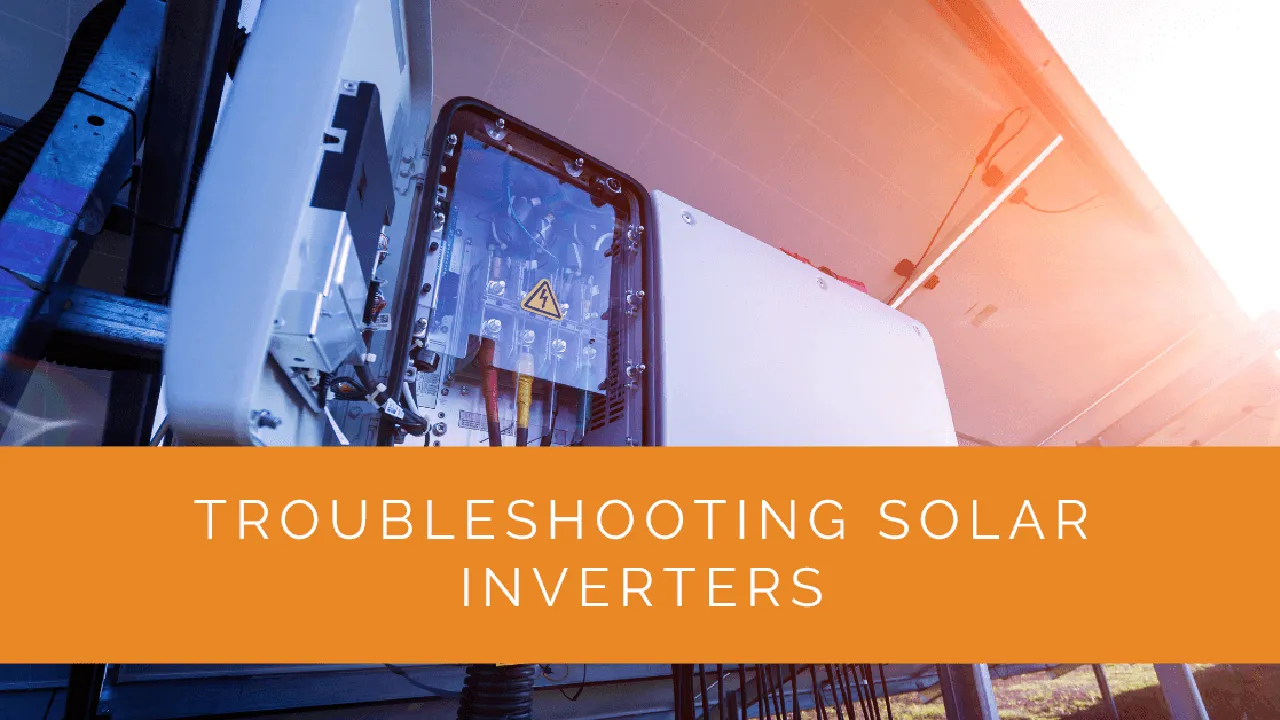
Understanding Your Solar Panel Inverter The Heart of Your System
Okay, so you've got solar panels on your roof, soaking up the sun and turning it into electricity. Awesome! But that electricity isn't directly usable by your appliances. That's where the solar panel inverter comes in. Think of it as the translator, converting the DC (direct current) electricity from your panels into AC (alternating current) electricity that powers your home. It's a crucial piece of the puzzle, and when it hiccups, your whole system can suffer.
Common Solar Panel Inverter Issues A Quick Rundown
So, what can go wrong? Quite a few things, actually. Let’s dive into some of the most frequent culprits:
- No Power Production: This is the biggie. Your inverter is dead, Jim. No power is flowing from your panels to your home or the grid.
- Error Codes: Inverters are smart these days and often display error codes that give you a clue as to what's happening.
- Overheating: An inverter that's running too hot is a red flag.
- Grid Faults: Problems with the utility grid can sometimes cause your inverter to shut down.
- Voltage Issues: Too high or too low voltage can trigger faults.
- Communication Errors: The inverter might not be communicating with your monitoring system.
- Relay Failures: Relays are switches inside the inverter that can fail over time.
Troubleshooting No Power Production What to Check First
Alright, your inverter's showing no signs of life. Don't panic! Let's start with the easy stuff:
- Check the Breakers: Is the AC breaker for your solar system tripped? Flip it back on and see if that solves the problem. Also, check the DC disconnect switch near the inverter.
- Look for Error Messages: Even if it's not producing power, the inverter might still be displaying an error message. Write it down! This is crucial for diagnosing the problem.
- Read the Manual: Seriously, dust it off. The manual often has troubleshooting steps for common issues.
- Check the Wiring: Visually inspect the wiring around the inverter for any obvious damage or loose connections. (But be careful! Electricity is dangerous. If you're not comfortable, call a pro).
Decoding Solar Panel Inverter Error Codes A Guide to Common Messages
Error codes can seem cryptic, but they're usually pretty helpful. Here are a few common ones and what they might mean:
- Grid Voltage Error: This means the voltage from the utility grid is outside the acceptable range. Could be a problem on their end.
- Grid Frequency Error: Similar to voltage, the frequency of the grid power is off.
- DC Overvoltage: The voltage coming from your solar panels is too high.
- DC Undervoltage: The voltage coming from your solar panels is too low. Could be shading issues.
- Over Temperature: The inverter is overheating.
- Insulation Fault: There's a problem with the insulation on the wiring. This is a serious safety issue.
Important: Always consult your inverter's manual for a complete list of error codes and their meanings. Don't just guess!
Dealing with an Overheating Solar Panel Inverter Keeping it Cool
An overheating inverter is a sign that something isn't right. Here's what to do:
- Check for Obstructions: Make sure the inverter isn't blocked by anything. It needs proper ventilation.
- Clean the Fins: Dust and debris can build up on the cooling fins, reducing their efficiency. Gently clean them with a soft brush.
- Consider Shading: Is the inverter in direct sunlight? If so, consider adding some shade to help keep it cool.
- Ensure Proper Ventilation: Make sure the room or area where the inverter is located has adequate ventilation.
Understanding Grid Faults and How They Affect Your Solar Panel Inverter
Sometimes, the problem isn't your solar system at all, but the utility grid. Power outages, voltage fluctuations, and other grid issues can cause your inverter to shut down. This is usually a safety feature to prevent your system from feeding power back into a damaged grid.
What to do: Contact your utility company to report the issue. They'll be able to tell you if there's a problem on their end.
Addressing Voltage Issues High and Low Voltage Problems
Voltage issues can be tricky. High voltage can damage your inverter, while low voltage can prevent it from operating properly.
- High Voltage: This could be caused by problems with the grid or by a faulty inverter.
- Low Voltage: This could be caused by shading on your solar panels, a faulty inverter, or wiring problems.
What to do: Voltage issues often require a professional to diagnose and repair.
Troubleshooting Communication Errors When Your Inverter Won't Talk
Many inverters come with monitoring systems that allow you to track your energy production online. If your inverter isn't communicating with the monitoring system, you won't be able to see how much power you're generating.
- Check the Internet Connection: Make sure your inverter is connected to the internet.
- Restart the Inverter: Sometimes a simple restart can fix communication issues.
- Contact the Manufacturer: If you've tried everything else, contact the inverter manufacturer for support.
Recognizing and Reacting to Relay Failures Inside Your Solar Panel Inverter
Relays are electromechanical switches inside the inverter that control the flow of electricity. Over time, these relays can fail. Signs of a relay failure include intermittent power production, error messages, and unusual noises coming from the inverter.
What to do: Relay failures almost always require a professional to repair or replace the inverter.
Solar Panel Inverter Maintenance Tips Keeping Your System Running Smoothly
Preventive maintenance is key to keeping your solar panel inverter running smoothly for years to come:
- Regular Inspections: Visually inspect your inverter regularly for any signs of damage or wear.
- Keep it Clean: Keep the inverter clean and free of dust and debris.
- Monitor Performance: Regularly check your energy production to make sure your system is performing as expected.
- Professional Maintenance: Consider having a professional perform a more thorough inspection and maintenance every few years.
Recommended Solar Panel Inverter Products and Their Applications
Choosing the right inverter is crucial for optimal performance. Here are a few recommendations:
- Enphase Microinverters: These are small inverters that are installed on each individual solar panel. They're more expensive than string inverters, but they offer several advantages, including increased efficiency, improved shading tolerance, and individual panel monitoring. Ideal for: Homes with shading issues, complex rooflines, or those who want maximum performance and monitoring capabilities.
- Product: Enphase IQ8 Series
- Use Case: Residential solar systems where panel-level monitoring and optimization are desired. Works well in partially shaded environments.
- Comparison: Compared to string inverters, IQ8 offers higher energy production in shaded conditions but comes at a higher initial cost.
- Price: Approximately $200-$250 per microinverter.
- SMA String Inverters: These are more traditional inverters that are connected to a string of solar panels. They're less expensive than microinverters, but they're also less efficient and don't offer individual panel monitoring. Ideal for: Homes with unshaded roofs and simple solar panel layouts.
- Product: SMA Sunny Boy Series
- Use Case: Standard residential and commercial solar systems with consistent sunlight and minimal shading.
- Comparison: More cost-effective than microinverters for large, unshaded arrays, but less efficient in dynamic shading conditions.
- Price: Approximately $1,500-$3,000 per inverter, depending on size.
- SolarEdge Power Optimizers with Inverter: SolarEdge uses power optimizers attached to each panel, sending DC power to a centralized inverter. This balances the benefits of both string and microinverters, offering panel-level optimization and monitoring while maintaining a relatively lower cost than microinverters. Ideal for: Situations with moderate shading or mixed panel orientations.
- Product: SolarEdge HD-Wave Inverter with Power Optimizers
- Use Case: Residential and commercial solar systems requiring optimization due to shading or varying panel performance.
- Comparison: Offers a balance between the cost-effectiveness of string inverters and the optimization capabilities of microinverters.
- Price: Approximately $2,000-$4,000 for the inverter and $50-$80 per power optimizer.
Comparing Inverter Types String vs Micro vs Power Optimizer Systems
Choosing the right inverter type depends on your specific needs and circumstances. Here's a quick comparison:
- String Inverters: Least expensive, but least efficient in shaded conditions. Best for simple, unshaded installations.
- Microinverters: Most expensive, but most efficient in shaded conditions. Offer individual panel monitoring. Best for complex installations with shading issues.
- Power Optimizers: A good compromise between string inverters and microinverters. Offer panel-level optimization at a lower cost than microinverters.
Understanding Solar Panel Inverter Pricing and Installation Costs
The cost of a solar panel inverter can vary depending on the type, size, and features. String inverters typically cost between $1,000 and $3,000, while microinverters can cost between $200 and $250 per panel. Power optimizers typically cost between $50 and $80 per panel, plus the cost of the inverter.
Installation costs can also vary depending on the complexity of the installation. Expect to pay between $500 and $1,500 for professional installation.
DIY Solar Panel Inverter Repair When to Call a Professional
Some minor inverter issues can be fixed yourself, but most repairs require a qualified electrician or solar installer. Never attempt to repair an inverter if you're not comfortable working with electricity.
When to call a professional:
- Any time you're dealing with high voltage.
- If you're not comfortable working with electricity.
- If you suspect a major component failure.
- If the inverter is still under warranty.
Solar Panel Inverter Warranties What You Need to Know
Most solar panel inverters come with a warranty that covers defects in materials and workmanship. The length of the warranty can vary, but most are between 5 and 12 years. Be sure to read the warranty carefully to understand what's covered and what's not.
Key things to look for in a warranty:
- Length of the warranty.
- What's covered (parts, labor, etc.).
- Exclusions (things that aren't covered).
- How to file a claim.
Future of Solar Panel Inverters Smart Technology and Advancements
Solar panel inverter technology is constantly evolving. Future inverters will likely be even smarter, more efficient, and more reliable.
Some potential advancements:
- Improved grid integration.
- More advanced monitoring capabilities.
- Built-in energy storage.
- Artificial intelligence for predictive maintenance.
Finding a Qualified Solar Panel Inverter Technician Near You
If you need to hire a professional to repair your solar panel inverter, it's important to find a qualified and experienced technician. Here are a few tips:
- Ask for recommendations: Ask friends, family, or neighbors who have solar panels for recommendations.
- Check online reviews: Read online reviews to see what other people have to say about the technician.
- Verify credentials: Make sure the technician is licensed and insured.
- Get multiple quotes: Get quotes from several different technicians before making a decision.
:max_bytes(150000):strip_icc()/277019-baked-pork-chops-with-cream-of-mushroom-soup-DDMFS-beauty-4x3-BG-7505-5762b731cf30447d9cbbbbbf387beafa.jpg)



